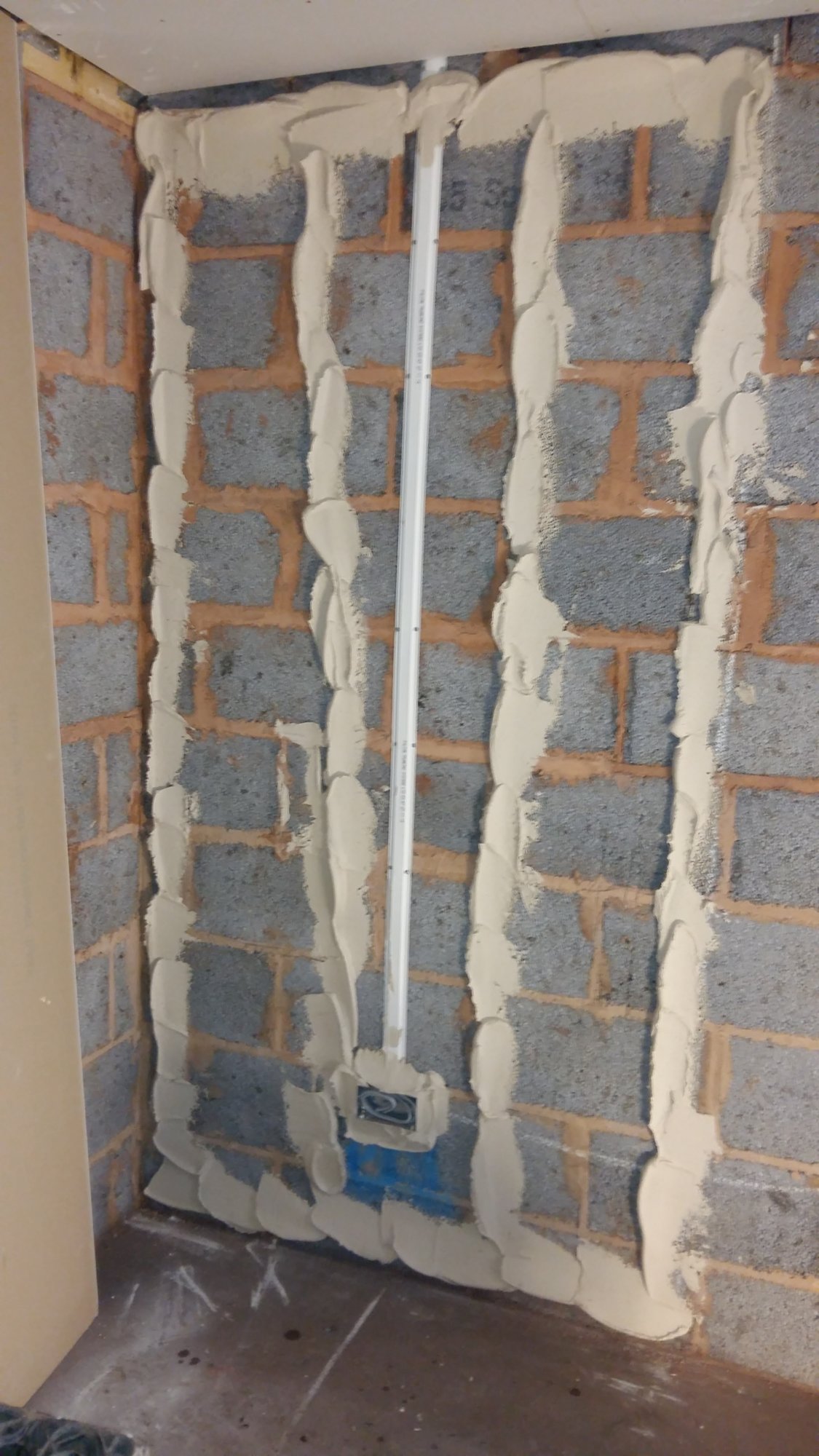Need a bit advice how to insulate solid wall, no property attached to it on that side and it has external render.
Some say I should leave gap between insulation and some don't. To make my life easier I decided to use battens on that wall and not dot and dab due to wall going up above stairs ect., I am going to be limited with space so ideally wanted 25mm battens every 400mm vertically but here is the question.
Can I use rockwool insulation between battens on to bricks then attached plasterboard to battens or do I need to leave space between rockwool and bricks.
Thanks
Some say I should leave gap between insulation and some don't. To make my life easier I decided to use battens on that wall and not dot and dab due to wall going up above stairs ect., I am going to be limited with space so ideally wanted 25mm battens every 400mm vertically but here is the question.
Can I use rockwool insulation between battens on to bricks then attached plasterboard to battens or do I need to leave space between rockwool and bricks.
Thanks




